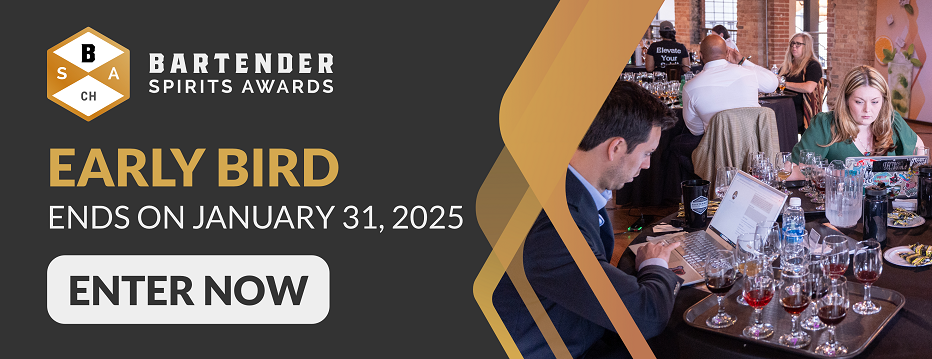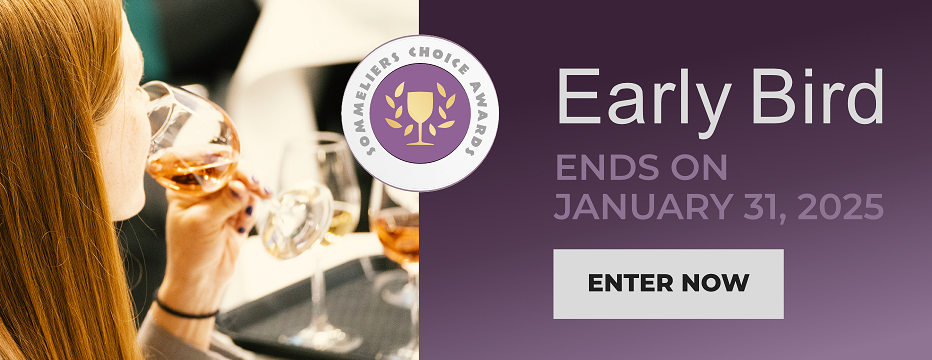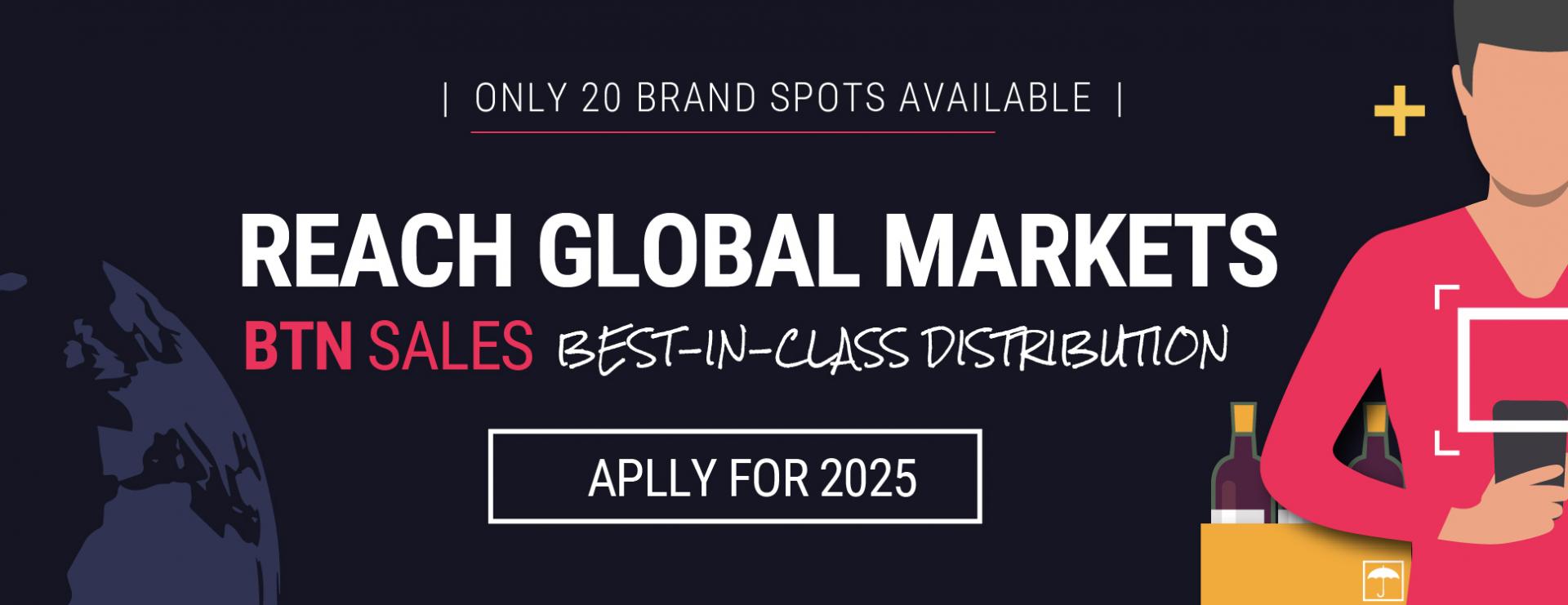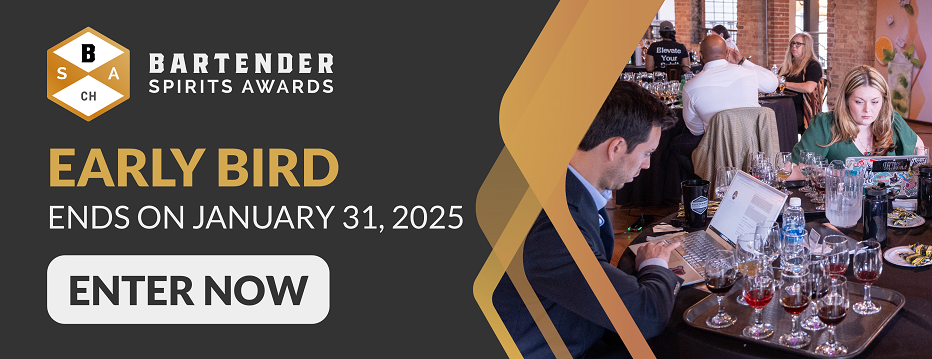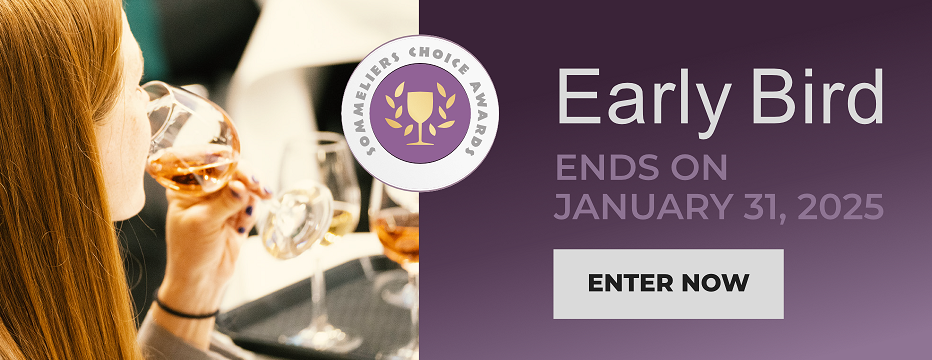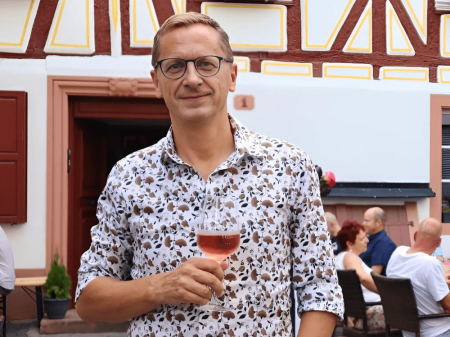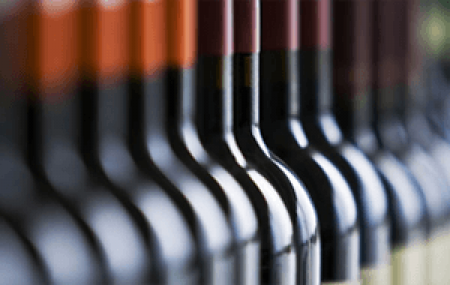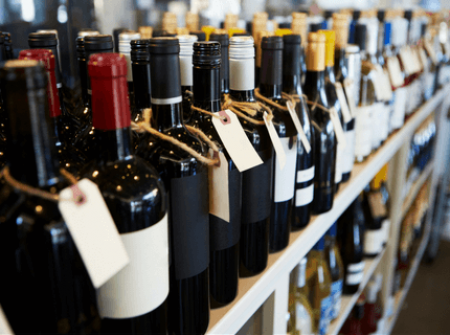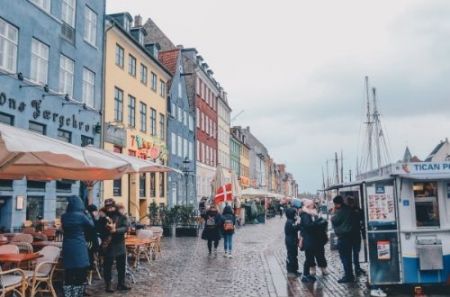Sommeliers Choice Awards 2024 Winners
How to Successfully Market Your Green Winery?
BTN looks at how to use eco-programs as effective marketing material.
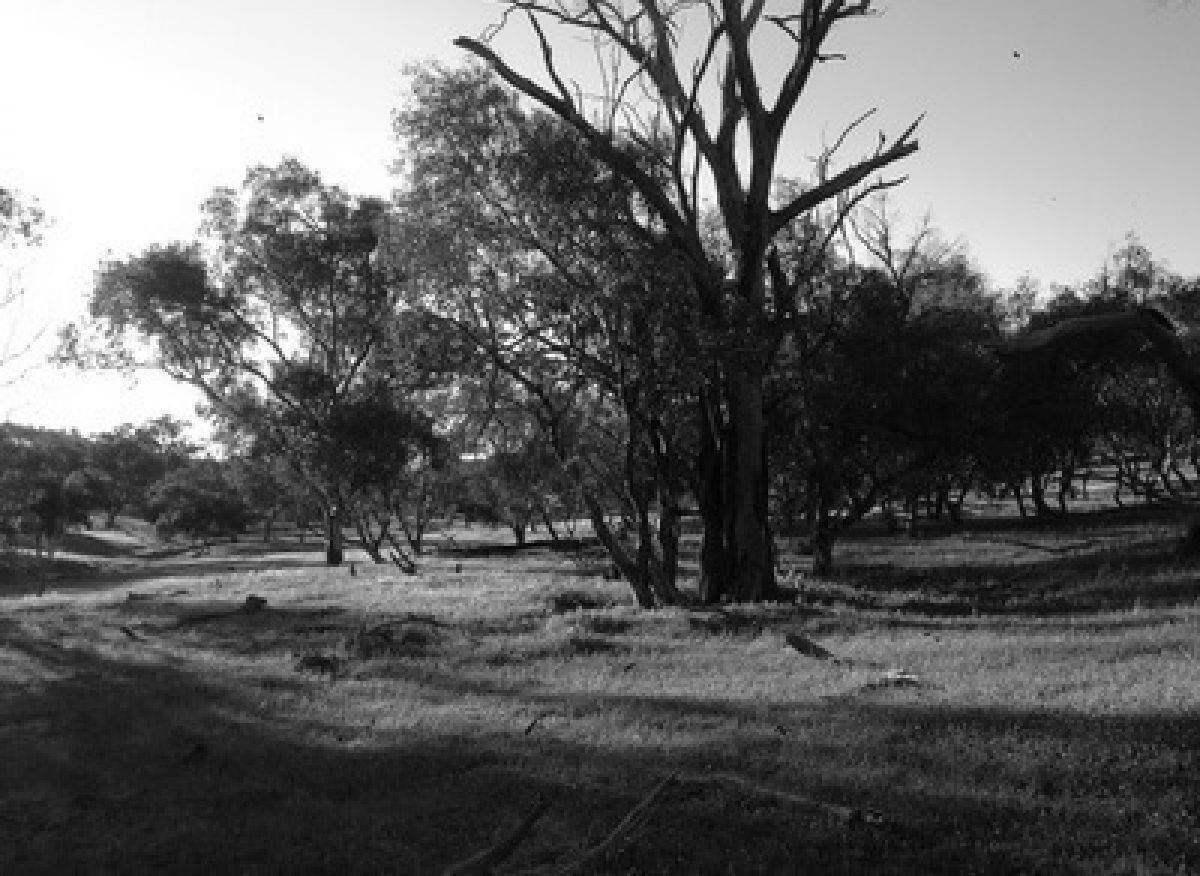
The term ‘Going Green’ is often confusing for consumers. ‘Sustainable land’, ‘renewable energy’, ‘organic vineyards’, ‘carbon neutral’ – all of these terms are frequently seen as just fancy marketing words used by companies trying to coax another buyer into trying their wine.
With the growing popularity of green marketing, many innovative eco-friendly practices being applied by wineries are often overshadowed by wine labels with more marketing prowess than eco-philosophy. The overuse of throw-away marketing terms like, “Organic,” have persuaded the average consumer to buy wines that are no more than bottled marketing gimmicks from bulk wine label owners looking for an edge in marketing.
As more and more wineries are joining the sustainable and ‘green’ movement, it’s important to understand how to use your winery’s eco-programs as effective marketing material.
What can you do to promote your winery’s progressive green philosophy?
How can you find new green technology to use at your winery?
Focus on Your Best Practices.
Using your winery’s best ‘green’ practices in marketing starts with education. Develop inventive programs to educate your distributors, retailers and consumers about what makes your winery a real contributor to the environmental cause. Conduct small to large scale focus groups to help narrow down the message you want to convey. Send out environmentally friendly shelf talkers and bottleneck hangers, as well as any other POP material, that clearly highlights your green initiative in short and concise, marketing-friendly wording. Most importantly, get outside the winery and into the streets of important markets where you can ‘hand-sell’ your philosophy as well as your wine.
1. Organic & Biodynamic
Wines labeled organic and bio-dynamic are getting a lot of attention because of the recent consumer trends towards ‘boutique’ labels. Often the go-to categories in terms of green marketing, much of the market-making work has already been done by other industries and the philosophical overlap plays well to wines. Thanks to some quality international producers, consumers often associate bio-dynamic and organic wines with ideas of premium offerings at a reasonable price. Use these strengths in your conventional marketing, as well as digital marketing, to touch on the eco-friendly wine consumer’s sense of duty to the environment while also promoting great value.
2. Sustainable, Carbon Neutral, Recycling, Byproduct Composting, Water Conservation & Land Conservation
Although there is a tremendous amount of marketing material available from these admirable practices, it is hard to convince a large population of consumers to buy your product using conventional marketing techniques. Unless your winery boasts something exceptionally exciting, like certified carbon-neutral, the common consumer won’t be swayed from a land conservation program or solar panel array. Most consumers that are interested in your dedication to sustainability aren’t generally interested in fancy billboards and neck-hangers. Instead, focus on creating informative content for your blog and website. Generating in-bound marketing content that shows that you are truly a leader in your specialty will bring your like-minded fans to your digital doorstep.
Marketing Your ‘Green’ Winery is More Than Just Being Eco-Friendly.
Depending on what governing body’s environmental regulations are followed, getting certified ‘organic’ can be relatively easy. Although the practice of getting certified solely for marketing reasons might sound deplorable, don’t let a trade professional’s lack of dedication to the environment fool you into letting your pride make you think that you are smarter than they are. Wine owners that know how to sell green are those who understand how to market their achievements. Don’t be afraid to take a page from their book.

Sustainability & conservation and can generate great marketing material.
As much as consumers like to believe that they are environmentally conscious when it comes to their purchases, many studies suggest that the majority of consumers who identify as environmentally conscious also state that cost is a bigger factor. In other words, the consumer wants to be helping the environment while also feeling satisfied that they are getting the best deal. Eco-friendly or not, your competition is acutely aware of this fact. At the same time that you are celebrating getting your certification, they will be submitting their wines into international wine competitions in the market they think their new certifications will fetch them the biggest return.
Digital Eco-Winery Websites
Your website should showcase your ‘green’ initiatives and dedication to a quality product in a modern and interactive design that invites visitors to explore your winery. Find creative ways to integrate all of your eco-passion into a fun website that visitors want to come back too. The idea is to keep them on site, so provide different types of media and content to engage your visitors. Make videos on why beneficial micro-organisms prefer your clay-rich soil, write blog posts about water conservation measures you’ve put into place, and design graphics that highlight your energy protocols. The best way to convert a customer is to teach them why the wine you produce is important and delicious, so use your website and your blog as another class room.
With all of the content you create for your website and blog, you’ll have lots to share across your social platforms to reach a wider audience. Provide your readers every chance to share your content with their friends by having convenient Twitter, Facebook and Google+ share buttons on your website.
Perhaps most importantly, always have an accessible online wine shop for visitors to order from. You don’t want to build a big fan base of eco-friendly consumers that love everything you do and a website with lots of traffic without giving them every opportunity to try your product by easily ordering a bottle.
Tours and Events
Whether they are your own initiative or you love celebrating Earth Day, getting the community together with events is a great way to generate interest in your just causes and build brand recognition. Inviting media and VIP account reps to attend can lend your event more weight and focus trade attention on your winery as a leader in its class.
Offering green winery tours is also a great way to set your winery apart from the competition. Get your winery listed in as many local and international tour books as a Green Tour winery to boost cellar room traffic and brand recognition.

Ceo&Co finds innovative ways to integrate their conservation initiative into their winery programs to build interest and consumer recognition with the ‘Family Paddock Barbie’ Events.
Grants and Innovation Funds
As the world’s population focuses their attention on the finer details of renewable energy and water conservation, there is a constant flux of funds and grants dedicated to individuals, companies, and entrepreneurs who are pioneering the green movement. Keep up with local and international news on what programs are being put into place that you might potentially benefit from. Constant communication with important environmental institutions not only keeps you informed on potential grant opportunities and interesting eco-trade news, but also keeps you top-of-mind with their VIPs.
Beverage Trade Network interviews Jim Coe on sustainability, preservation, and developing their business plan for Coe&Co Wines at their estate in Gundagain, NSW, Australia.
Jim Coe and his family have been working closely with their land in New South Wales, Australia, for generations. When the family decided they were going to plant vineyards on their estate, they knew that they wanted to be a part of something more than just another winery. That’s why they decided to focus on sustainable practices as an integral component of their business model. As the vineyards grew, so did their aspirations of building a self-sustainable winery. They’ve been working towards their goal ever since.
Ceo&Co Wines recently recently won an innovation fund to convert all of their irrigation system to solar energy. They are set to build 4 trailer mounted solar panels that can be moved from one end of the property, where they run the bores in the winter, to the vineyards for irrigation in the summer. In attempt to preserve the iconic landscape that surrounds their vineyards, the family has also placed a covenant on 1000 acres of surrounding woodland and mountain terrain that border the vineyards.
We caught up with Jim to ask him a few questions on developing Coe&Co wines into the business that it is today. Here is what he had to say:
BTN: How hard was it to get a grant for your solar initiative? What was the process like and do you advise other wineries to follow in your footsteps?
Jim: The process obviously requires some foresight and planning. This particular initiative required a lot of thought but once we had decided upon the most effective plan to improve our sustainability, we approached the rural assistance authority and were told about the innovation grant. Our solar initiative for the vineyard was well received and it was recognized that our approach could be very effective and sustainable.
I advise any vineyard or winery to strive to grow grapes sustainably, providing they do not have to compromise quality. There are hundreds, if not thousands of local, national and international grants for ambitious entrepreneurs looking to find ways to make their businesses more eco-friendly. Whether it’s through green-technology, land preservation, or bio-dynamic growing methods, there is always an institution that is willing to get involved for the simple sake of progress and innovation. Get in contact with as many governmental bodies, educational institutions and private corporations that are looking to help and fund inventive ways to tackle ecological and environmental issues within the vineyard.
BTN: You have also done a great job with nature conservation - how have your consumers and partners shown their support for your progressive stance on land management? Do you think it's been a strong tool to get Australians to notice the winery and what you are doing at Coe&Co?
Jim: Coe&Co have the unique advantage - for generations our family have farmed and worked on the land. The one solid and vital lesson that has been passed on through the generations, is the importance of working in harmony with this sometimes unforgiving land and climate. It is a fine balance, and respect for the land and environment is essential. It isn’t a coincidence that our vineyards have their own unique environmental conditions that ultimately give our wines full bodied flavours.
Coe&Co embraced all aspects of land management not only from our vineyard management strategies, but also over the entire property of Cooba East Station. We have placed a perpetual Covenant over 1000 acres of land surrounding the vineyard. This covenant is for eternity and will protect the natural flora and fauna including the white and yellow box gum tree communities and the superb parrot and diamond fire tails that nest in these regions.
This covenant also provides a legacy that will protect our land for future generations. Consumers and partners are extremely interested to know more about our property as a whole and not just the vineyard. The wine is important - but the story and the experience more so.
.jpg)
Coe&Co have placed a perpetual covenant over 1000 acres of land adjoining the vineyard. This grassy woodland contains threatened yellow box and white box communities which are valuable habitats for superb parrots, diamond fire tails and quolls.
As part of our business philosophy, we strongly encourage new partners to visit the property and experience the unique, rugged beauty of Cooba East Station and enjoy a true paddock barbie…in good company! It is part of what makes doing business more personal and enjoyable and it helps give our partners a genuine reason to remember us when they are out telling the world about our remarkable project back home.
BTN: Do you apply any strict production and vineyard management protocol that follows your 'green' philosophy?
Jim: Vineyard management includes numerous management protocols in alignment with our conservation approach. Not only have we placed the covenant on the land but we have also been involved in an initiative by the Australian National University for the past seven years where we monitor species numbers and growth patterns in both native flora and fauna. In the vineyard, we have reduced the amount of spray requirements per season through specific management techniques involving strategic pruning and the use of the natural topography and environmental conditions to control and assist with potential disease management.
We also aim to manage our entire irrigation system using our solar panel initiative which will power our pumps in both summer and winter months. This will reduce and eventually omit the use of diesel generated power and create a clean, green environment to work and live in.
BTN:In terms of business, what has been the hardest part of building such an eco-friendly business plan for your winery?
Financial constraints have probably been the most challenging part of building an eco-friendly business plan. Placing a "Perpetual Covenant" on 1000 acres of land around the vineyard has reduced the revenue that can be earned off that land in the short term. However when looking at the countryside, it is already starting to pays dividends and we are sure in the long term will be very rewarding.
A great deal of foresight and thought has gone into the planning of this vineyard and a great deal more thought will no doubt be used in the ongoing management to ensure we are working in the most productive, yet conservation conscious way possible.
As the business was developing, the financial constraints of limiting our revenue generating land became apparent, but we also knew what our priorities were and found ways to make sure that we could be both successful as well as true to our business philosophy.
BTN: What are your top five tips for wineries looking to convert to a 'greener' approach or for those ambitions entrepreneurs looking to follow in your footsteps?
Jim: I. Be clear about your goals and where you see your brand in the future.
This means looking far into the future and asking yourself what you really want your brand to represent. There are thousands of wine brands in the world and most of them are just bulk juice in a bottle with a specialized label slapped onto them. The majority of these brands are the ones that fail.
The long lasting wineries are those that are dedicated to the trade and build a genuine story around their family, their vineyard and their future. In order to be successful you need to know the end of your story before you even begin to write it.
II. Be consistent every day and ask yourself whether your actions are in line with your goals.
Once you’ve visualized your end game and developed your business plan you need to work tirelessly day in and day out to make them into a reality. That means constantly reviewing your progress and finding solutions that are in line with your business philosophy when seemingly insurmountable difficulties arise.
III. Don't be afraid about doing something new or in a different way.
Just because the neighboring vineyard has been growing grapes on every inch of land and is using heavy fertilizers doesn’t mean you have to. Be innovative in the lab, seek out advice from like-minded professionals in the industry and choose your techniques carefully.
IV. Don't try to change everything all at once - when you are working with the environment it is better to make small changes over time.
As you make your changes find ways to monitor any progress or regression. This can take time, but it well worth the extra effort when your experiments pay off. Limiting the size of experimental changes means you won’t be risking the farm.
V. Enjoy your journey - and remember every step towards improving sustainability is a step in the right direction for our future generations.

